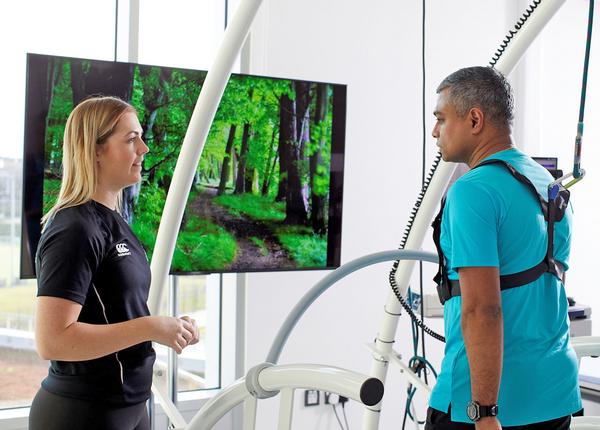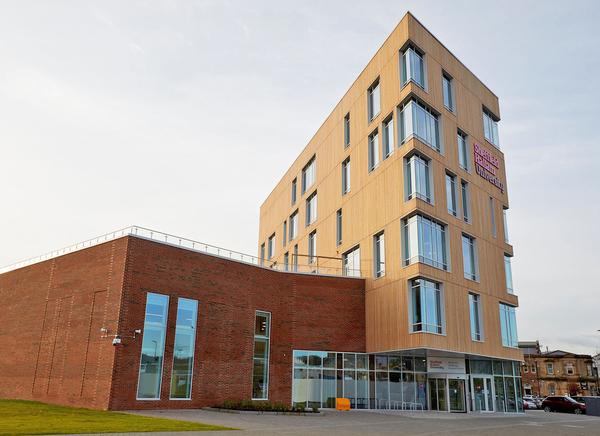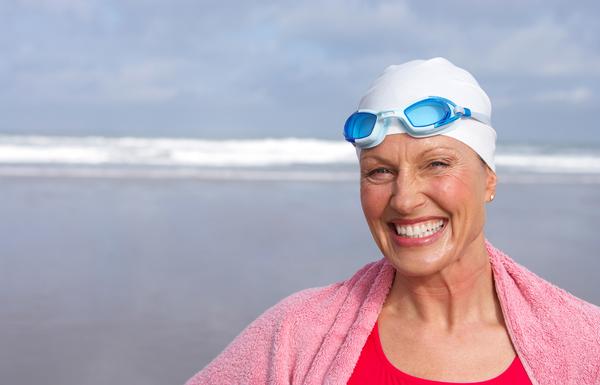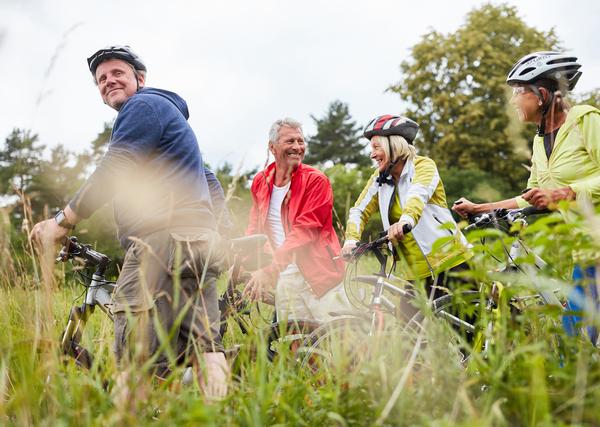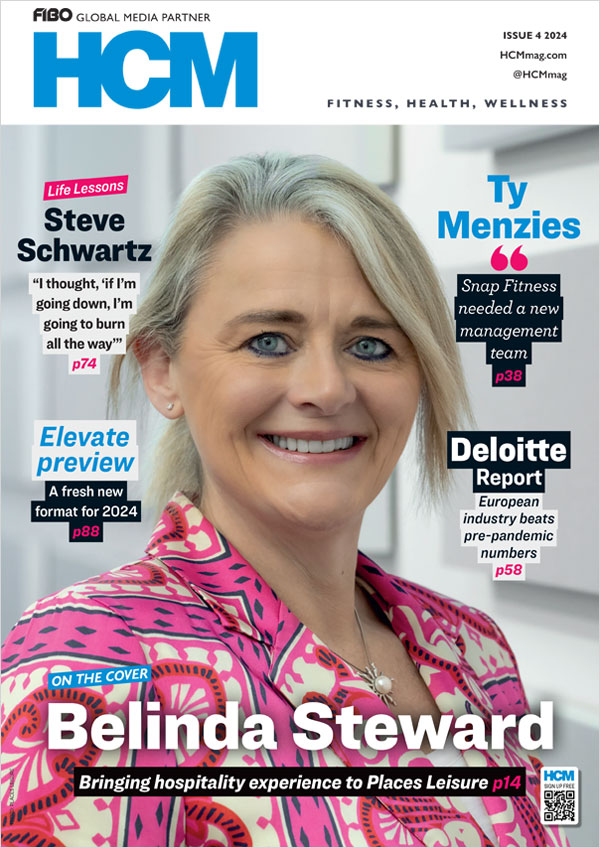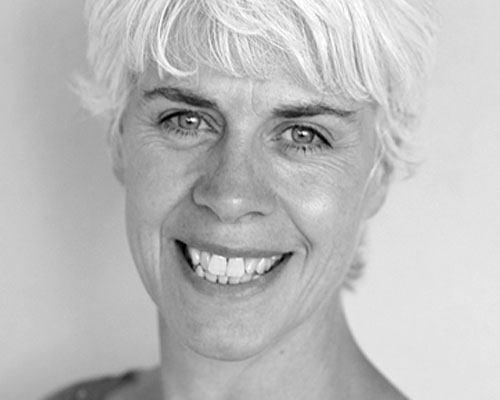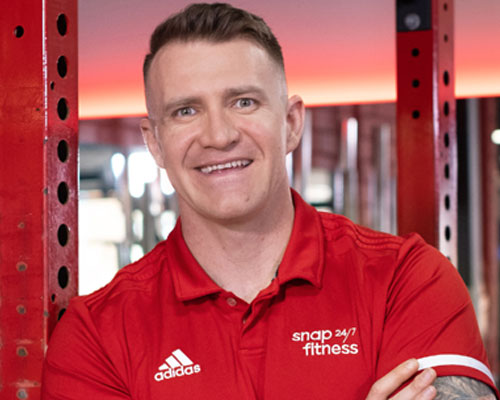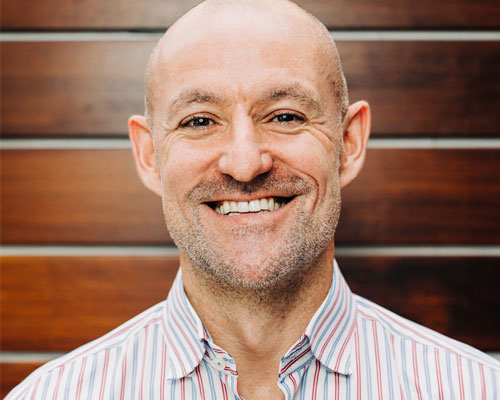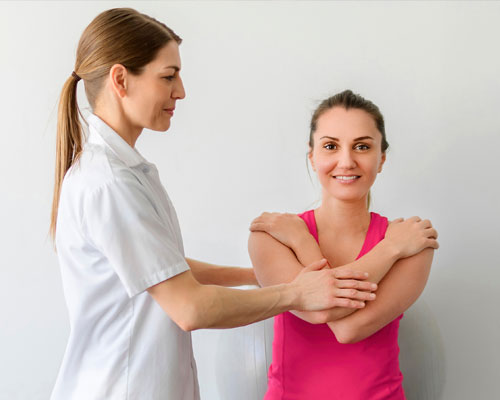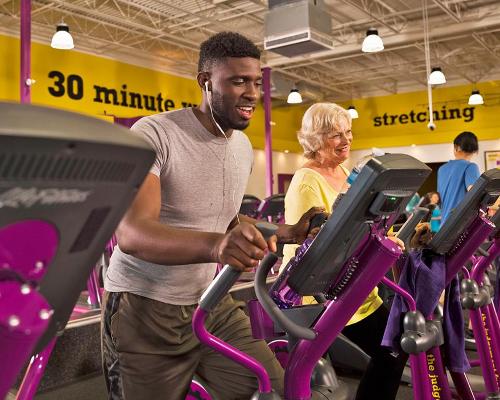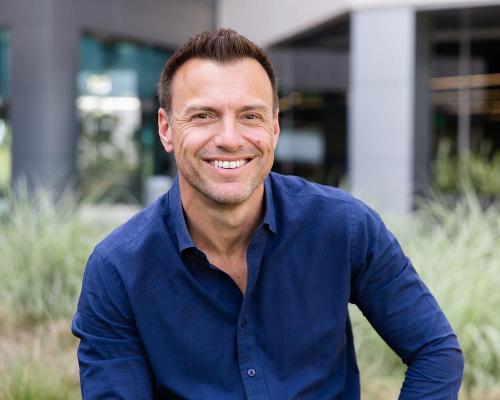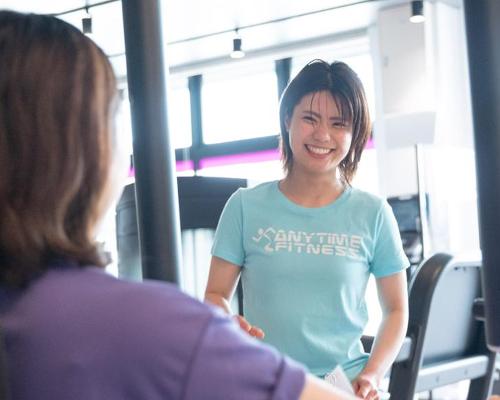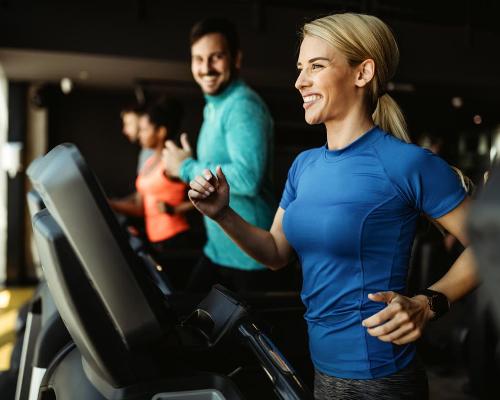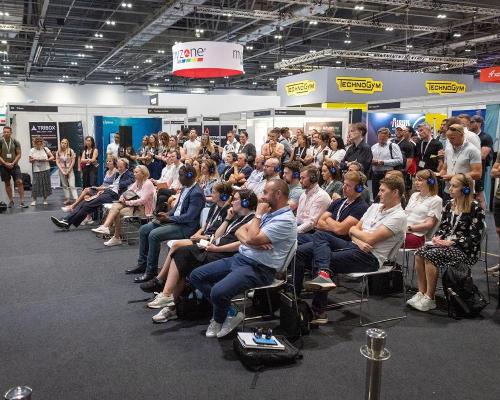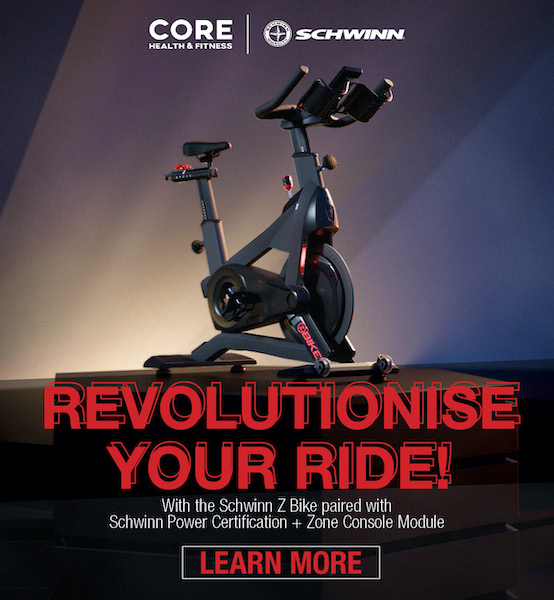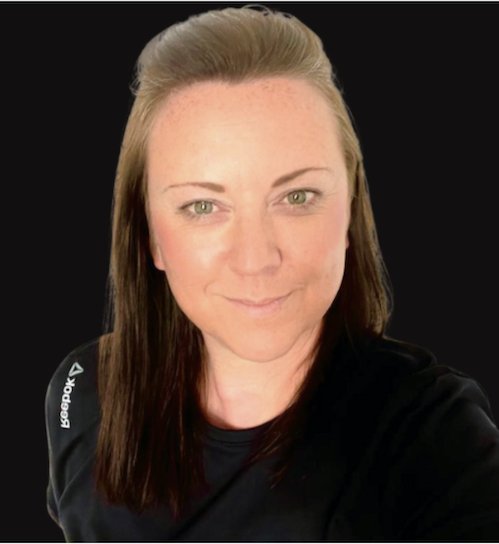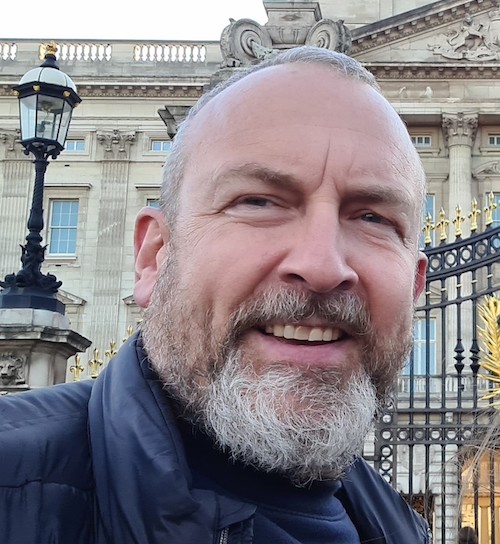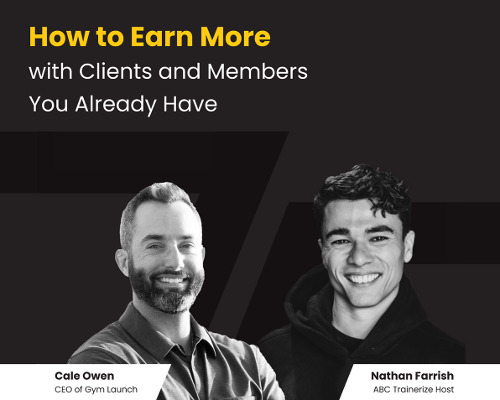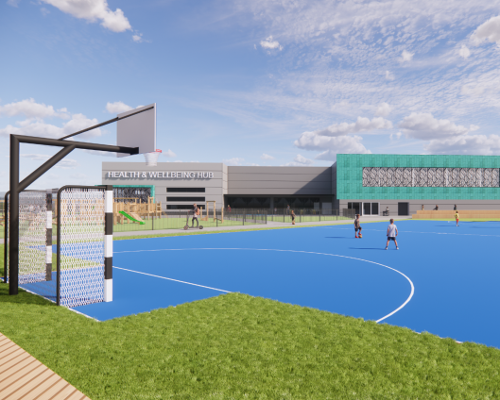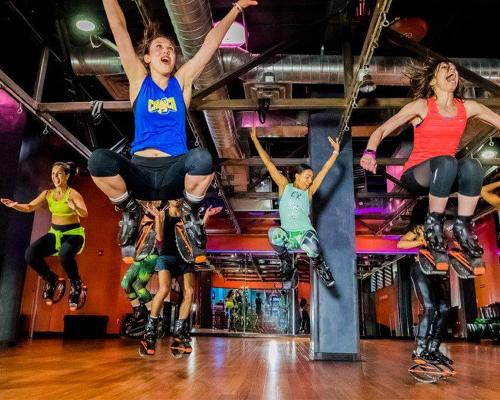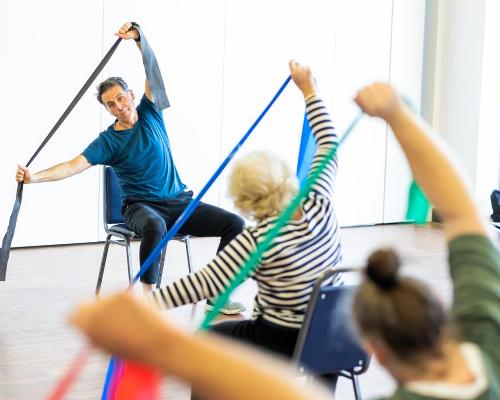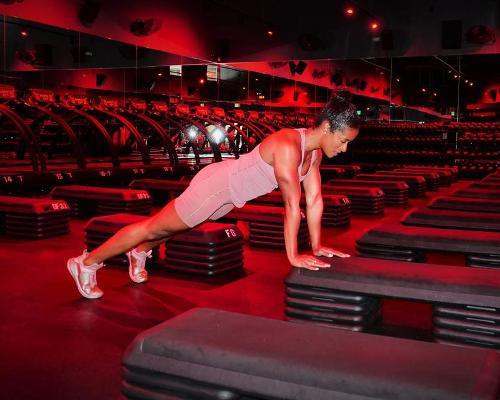features
Interview: Rob Copeland
Sheffield’s Advanced Wellbeing Research Centre (AWRC) and National Centre for Sport & Exercise Medicine (NCSEM) is creating the conditions to help people be physically active. The director speaks to Kate Cracknell
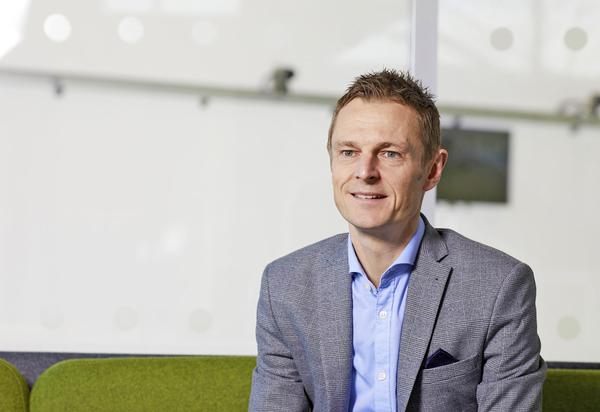
What’s your background?
A Sport and Exercise Science degree, then a masters, was followed by a role with Mansfield District Council as a community health and fitness officer.
I then came to Sheffield Hallam University to do a PhD in psychology, with a particular focus on childhood obesity. Twenty years later I’m still here, these days as a professor in Physical Activity and Health.
In particular, and this goes back to my psychology PhD, I’m interested in behaviour change: in how we create the conditions to make it easy for people to be physically active. Most of my work now focuses on this.
Tell us about the NCSEM and AWRC
The National Centre for Sport & Exercise Medicine is an Olympic legacy project from London 2012, with three branches: one in London, one in the East Midlands and one in Sheffield.
Our focus in Sheffield has always been: how can we transform Sheffield to become the most active city in the UK?
We explore all the different elements that have an impact on people’s movement during everyday life: schools, workplaces, the way we move and travel around the city, the environment, people’s individual capabilities and opportunities. This all combines to determine how active we are.
Sheffield’s NCSEM received £10m in funding from the Department of Health and Social Care, and we used that money to co-locate NHS clinics into three leisure centres – we now run close to 90,000 clinical appointments a year in leisure centres.
This places physical activity at the heart of NHS treatment, changing the way people think about how activity might form part of their treatment, whether for musculoskeletal recovery, diabetes or weight management. What better way to start that conversation than to have it in a leisure centre rather than in a hospital?
Then came a statement from the International Olympic Committee which said that, if we really want to challenge non-communicable disease, we need to bring together multiple different disciplines to research in a different way.
So, we got to thinking: what would happen if we brought all our different academic departments together, giving them a space to co-locate and collaborate on projects? What if we then placed innovation and technology at the heart of that? If we took some of our learnings from elite sport and translated those innovations into population health?
This was the genesis of the Advanced Wellbeing Research Centre (AWRC). Its vision: to draw all this expertise together to transform lives through innovations that help people move.
The centre opened in January 2020, funded by £14m from the Department of Health and Social Care for the building itself, plus a further £1m for equipment from the European Regional Development Fund.
How multi-disciplined is the AWRC?
We have software engineers, behavioural scientists, applied psychologists, geneticists, healthcare professionals, physiotherapists, system change specialists, sports and exercise scientists, design experts and public health specialists.
We have sports engineers from elite sporting backgrounds, who bring their expertise – in engineering, aerodynamics, product development, specialist carbon and so on – and apply it to the broader population. We have specialists in robotics and machine learning: the robots in our building can help people move, support them with medications, help kids with autism to engage with their health appointments – they find it easier to interact with robots and it calms them down.
Many are Sheffield Hallam professors, but we also have visiting researchers from around the world, and the team is so diverse that I will have forgotten someone for sure!
Our facilities are equally diverse. We’re one of the only places to have a morphology lab – morphology being the study of body shape and size – where, for example, we’re looking at the potential of scanning shape and size, rather than traditional measures of BMI, to predict health outcomes.
We’ve already used this in Olympic sports and are now applying it to health.
We have one of the biggest movement analysis labs in Europe: 500sq m of space where we can look at everything from how objects fly through the air to supporting people with walking patterns and falls recovery.
I’ve already mentioned our robotics software lab, which always catches people’s attention.
However, the real novelty of the AWRC is the way it brings together this mix of academic disciplines with external agencies and communities. The building makes that feasible, creating a hugely energising and collaborative environment in which to work.
What are your long-term goals for the AWRC?
Internally, we talk about an ambition to be the world’s leading centre for physical activity research, but that will only be measured by the impact we have. I’m not really bothered about the label: it’s all about the impact. Seeing the ROI of what we do is hugely rewarding and a big part of what drives me personally.
For me, success looks like this: there will be hundreds of products, services and innovations available in society, being used by people across multiple sectors to support them in being physically active, and our expertise will have contributed to all of these. I’m convinced we can achieve that and it’s really exciting.
Meanwhile, our research and innovation is already directly influencing policy around the Sheffield City region – in the field of active travel, for example. But fast-forward, I would like to see our research also influencing national and international policy relating to population activity.
We will have hundreds of training programmes too – for Masters students, healthcare professionals, business leaders – and these will be embedded throughout academia, the NHS and other sectors.
And of course, ultimately the goal is that the Sheffield City region firstly, and then the UK as a whole – as we broaden our reach – becomes the most active place in the world. A place where the inequality gap has been eradicated.
The health and fitness sector has a huge part to play in this, and we will be there to support it with evidence-based programmes that make a real difference to members. We, and gyms, have a responsibility to close the inequality gap. If, in 20 or 30 years’ time, I can point to specific programmes and say ‘I remember working with XYZ operator to develop that and it’s now being delivered to 200,000 people across Europe’, that would be great.
But let me make one important final observation. While the AWRC will be instrumental in achieving all of this, we are only one part of the solution. It’s vital that we recognise the whole host of other organisations and partners that are working really, really hard on this agenda: there are local community organisations that have been supporting people in being physically active for decades. We have a shiny new building, and lots of media attention as a result, but our vision will only be achieved in collaboration.
The first is our research: we want to undertake world-class research that explores the role of physical activity in the prevention and treatment of disease. Within that, there are three themes.
The first is ‘Healthy and Active 100’, where the goal is to give everyone in the Sheffield City region the realistic expectation of 100 years of healthy and active life. This is essentially about closing the gap in healthy life expectancy, which is something that lies at the heart of what we do at the AWRC: there’s currently an 18-year gap between the most and least affluent areas of the city, and that sort of inequality is simply unacceptable.
Our other two research themes explore the power of physical activity to help people live well with chronic disease, so exercise as therapy, and the use of digital and technological innovations to promote independent lives.
The second strategic theme is about world-leading research and development for business and industry. We want to support organisations – from start-ups to global brands – with their R&D agendas, provided their focus is on innovation to help people move. That movement agenda is a broad one though: it might be a company that’s working with people on a stroke unit, getting them more physically active in the very early stages of rehab, or it might be a company that wants to promote active travel. Our Wellbeing Accelerator programme supports all of this, helping organisations gain access to funding and expertise to develop their products and services.
The third theme is creating strategic collaborations and partnerships: with the local community so we understand their needs, with other academic institutions, with the health and care sector, with large organisations and companies. Through these partnerships, we gain access to innovations, expertise and populations to support our research and our business agendas. We’re the global research board for Parkrun, for example, exploring the impact of its programmes on the health and the happiness of its runners.
The fourth is about creating an innovation centre for the NHS. This is a key part of what we do. The 90,000 clinical appointments carried out by the NCSEM each year embrace more than 20 different clinical specialities. At the AWRC, we have research facilities to match each of these specialities. We develop programmes and innovations designed to achieve even better outcomes for people and, after our own internal testing, then trial them more broadly through the NCSEM. We can ultimately scale innovations nationally if they prove effective. The AWRC is, then, effectively the research arm of the NCSEM and has turbo-charged our research agenda.
The fifth and final theme is taking all our research, partnerships and innovation and putting it all into programmes to educate the next generation in what works. We’re a university after all: if we aren’t training and educating people, what are we doing?
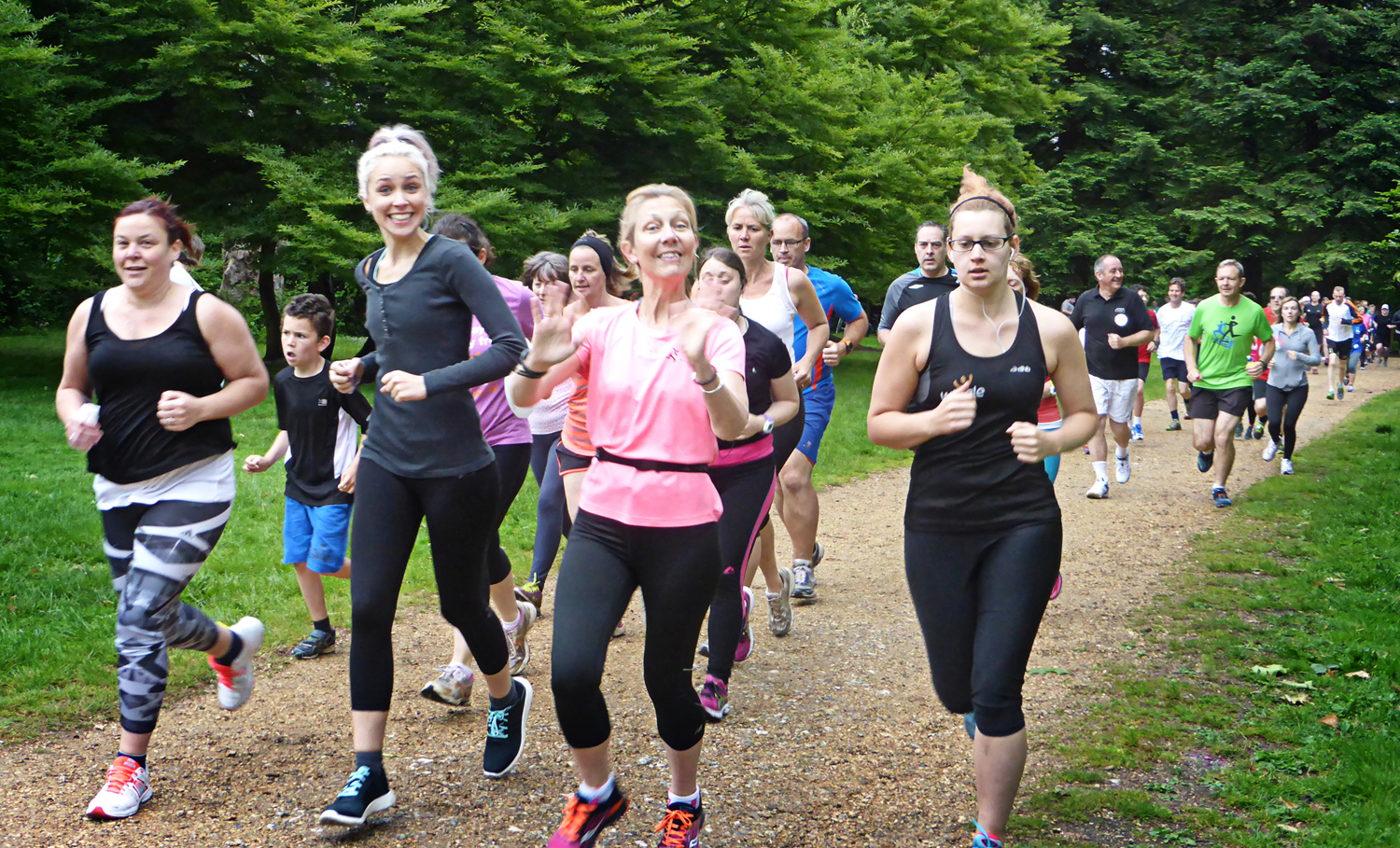
“Our strategic collaboration with Spanish operator GO fit is incredibly exciting for us,” says Copeland. “GO fit is leading the industry in supporting people into lifelong physical activity: it has incredible data about adherence to its memberships across the whole family structure. What we’re really excited about is being able to understand and tease out what it is about the model that’s so effective. What is GO fit doing in its gyms that makes it so sticky? Because really, once people become a GO fit member, very few leave.
“We’re also really interested in the impact of GO fit’s exercise programmes on clinical populations. We’re looking for best practice learnings around creating a clinical exercise programme in a non-clinical environment. What’s the prescription? How do we maximise the effectiveness among the different populations?
“We’re keen to do more work around prehab for surgery and cancer treatment, too, and are looking to accelerate our learnings using the vehicle of GO fit: its gyms, organisations and populations.
“GO fit is genuinely interested in the latest research evidence, both to drive its programmes and to influence what it does as an organisation.
It’s very refreshing and what attracted us to work with them. This is, after all, where the value of the AWRC as a research unit meets the fitness industry. We want to work with companies that share our vision, and where we can contribute equally to each others’ agenda.”

“We’ve just established a research and innovation unit around COVID recovery, called RICOVR,” says Copeland.
“We’ve been increasingly concerned with the support that’s needed for people who are struggling long-term, particularly in terms of chronic fatigue. People are feeling the effects 90, 100 days post-diagnosis,” he explains.
“The role of physical activity isn’t well understood when it comes to fatigue. For those with ME or chronic fatigue syndrome, for example, physical activity can often make things much worse. We want to translate our existing knowledge and understand the impact for those recovering from COVID-19.
“Meanwhile, an article published recently in the British Journal of Medicine suggested the biggest challenge is likely to be the deconditioning effect from lockdown, as opposed to the effects of COVID-19 itself. That’s particularly the case for people with long-term conditions: self-isolation has prevented a whole range of normal activities that would usually make this group less sedentary.
“We now have a duality in society. We’re seeing some signs of a rise in structured exercise – cycling, jogging and so on – particularly in affluent areas, although people have quickly got back in the car; we still don’t have the infrastructure to make walking or cycling the easy choice.
“But the more worrying trend is a drop in everyday habitual activity, particularly among those who are often the least active in our communities anyway. There will be a lot of work to do in supporting people back into activity and we’re working on programmes to help with this.
“Meanwhile, at a city-wide level, we have a vision of a wellbeing-driven economy – one in which everything we do is measured against a set of outcomes that relate to people’s wellbeing – as instrumental to any COVID recovery strategy. This is the way they’ve restarted their economies in New Zealand and Iceland. We believe we can also do it here, in the Sheffield City region.”
